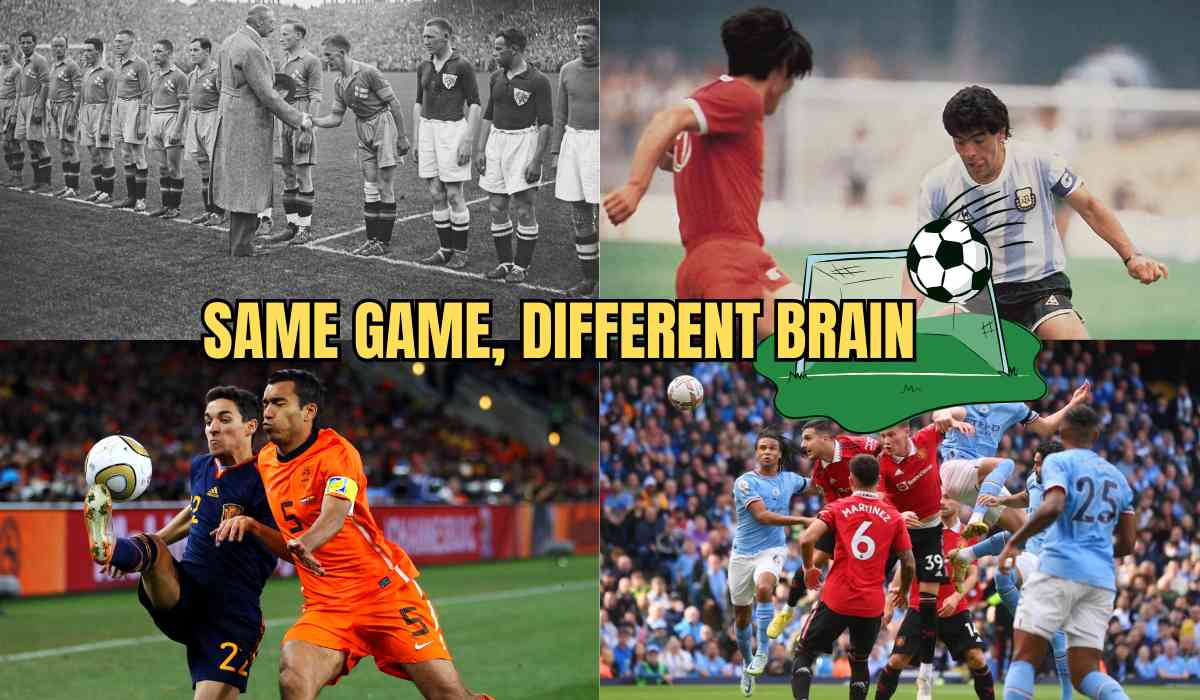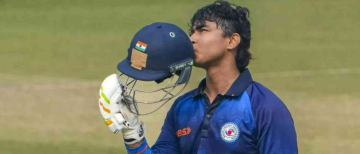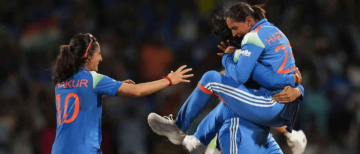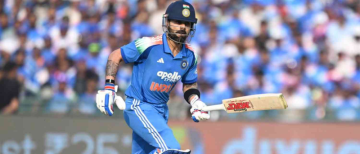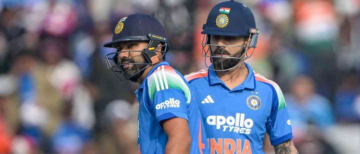_1729963380.jpg)
The Revolution of Formation
Remember the good old standard 4-4-2? Four in one bank and four in the other. A couple of forwards and the lot knew their jobs. Of course, that was when football was simple. That simplicity is all but lost to tactical innovation. Nowadays, one has 4-3-3, 3-5-2, or 4-2-3-1. The team will come with inverted full-backs, and the shape is just constantly changing as it continues into the match under Manchester City's Pep Guardiola.
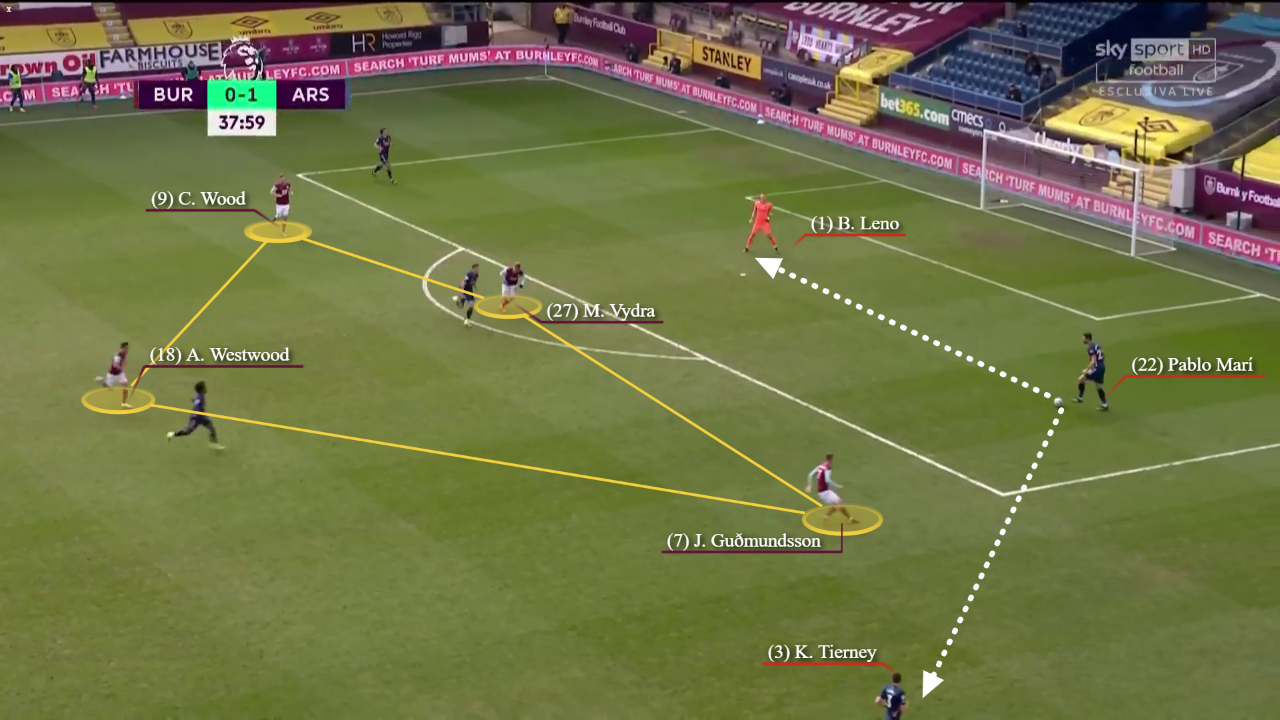
The Art of Pressing
Maybe the biggest revolution modern football has experienced is how sides choose to defend. Gone are the days of defenders holding up a line, waiting for attacks. Nowadays, pressing systems have become intricate choreographies that every player participates in. Liverpool's under Jurgen Klopp is one such example of this evolution: packs of players hunting each other through coordinated movements and trapping opponents and then winning the ball high up the pitch. This aggressive approach has transformed the game into a game of high-intensity and mental pressure.
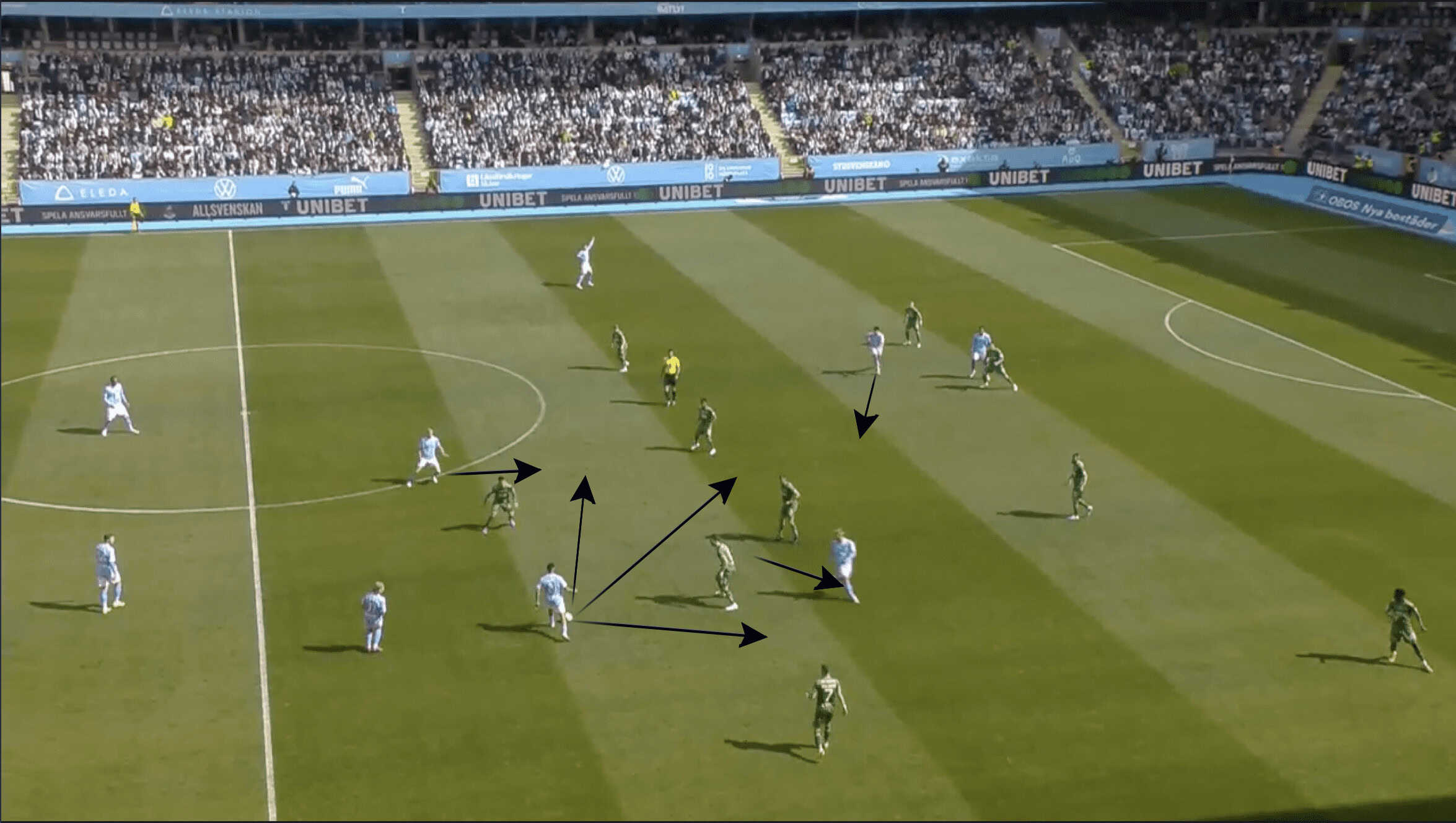
Possession:
Possession used to be a very simple idea, but under Guardiola, Barcelona's tiki-taka showed the world that holding onto the ball isn't about control at all; it's more of a way to break an opponent's will to resist both mentally and physically. The possession patterns of teams these days look like some elaborate dance routine, with the movement in coordinated patterns that create triangles and diamonds on the pitch as players pass the ball back and forth. Even goalkeepers are now part of possession play, playing almost like another outfield player during build-up phases.
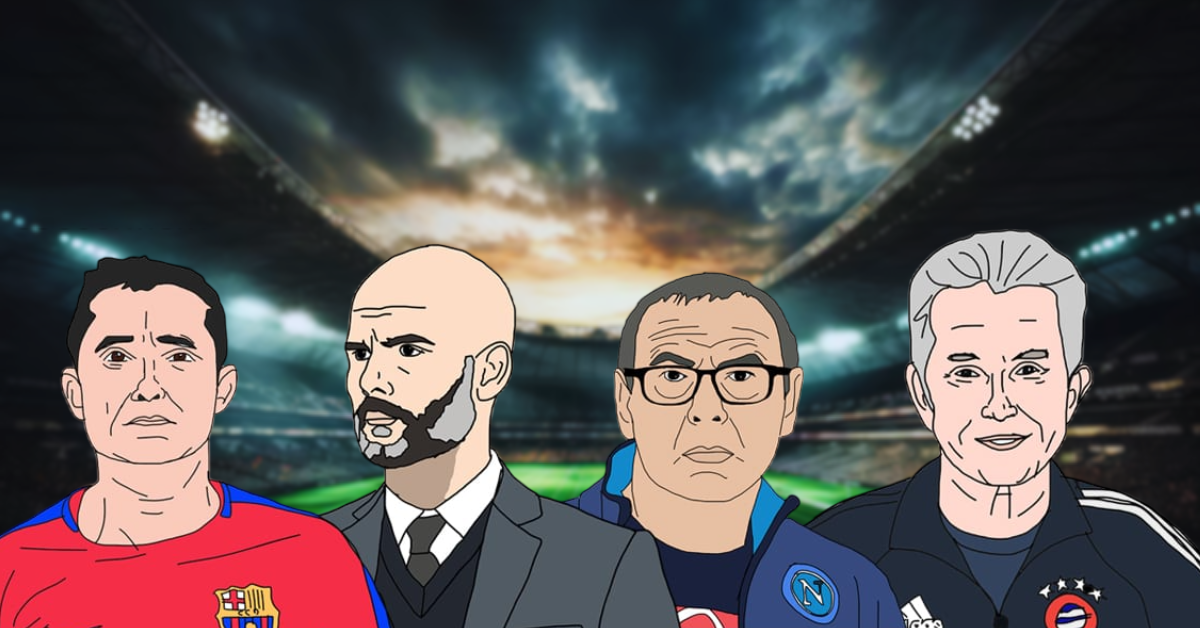
Death of Specialized Roles
Position labels have become almost meaningless. The modern center-back is not a defender; he is the conductor of attacks, distributing the ball with precision long passes and taking it forward himself. Full-backs Trent Alexander-Arnold and João Cancelo spend more time in midfield positions than in defense. The idea of "positions" has been replaced by "roles" that shift fluidly throughout the game.
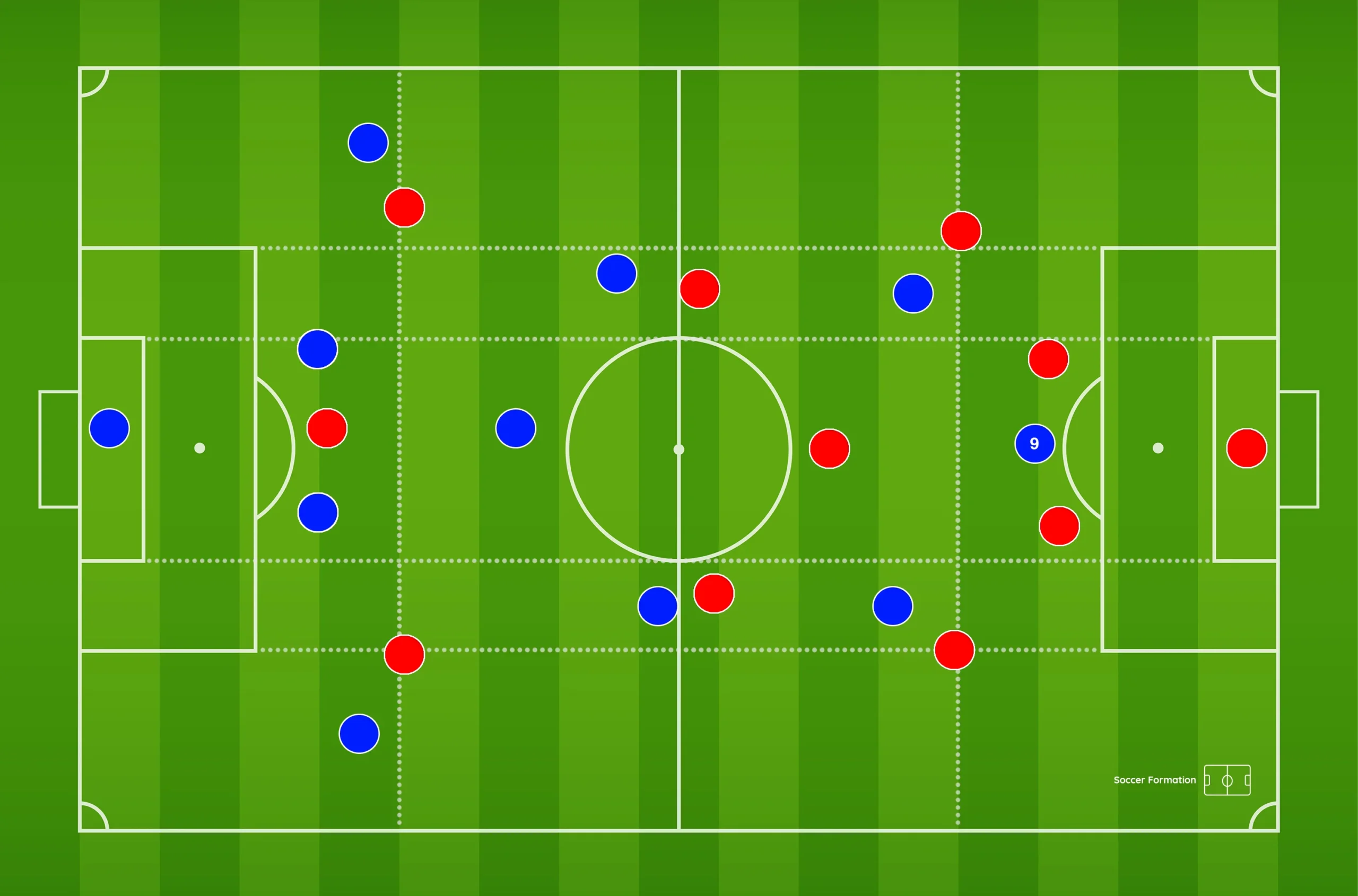
The False 9 and Positional Play
The rise of the false nine role, under Lionel Messi under Guardiola, shows how football has been carried beyond the stereotypes of traditional positioning. Strikers no longer wait for service; they are now being involved in build-up play and create spaces for midfielders. This fluidity has resulted in "positional play" or "Juego de Posición" wherein the field is marked by zones, and the movement of players occurs among such zones based on given principles rather than by the means of fixed positions.
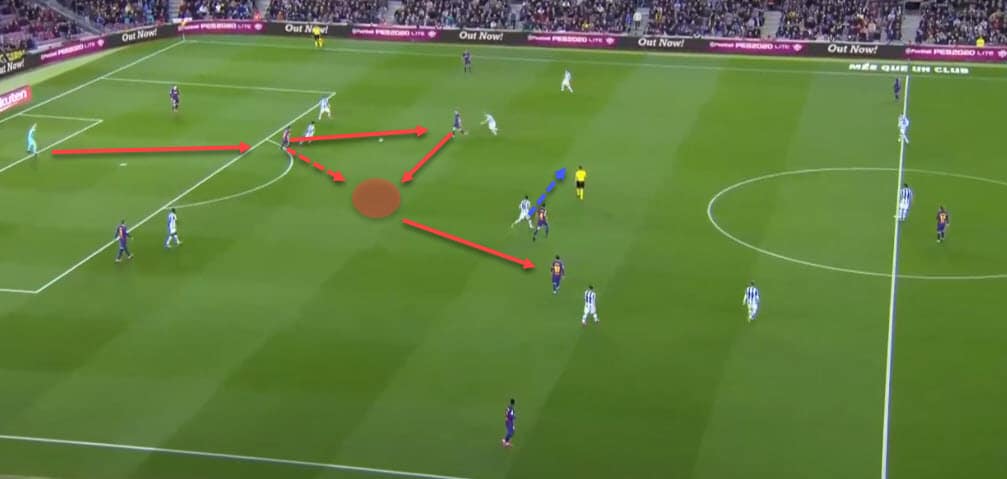
Game Evolvement from the Build-Up Game
Now, it is an art to play out from the back. Teams have begun using subtle patterns of disengagement in order to bypass the pressure from opposition, and even goalkeepers start attacks for their teams. Center-backs spread out wide, midfielders drop deep, and rehearsed movements of the team carry the ball forward. All of this has made technical competence a requirement for every player in any position.
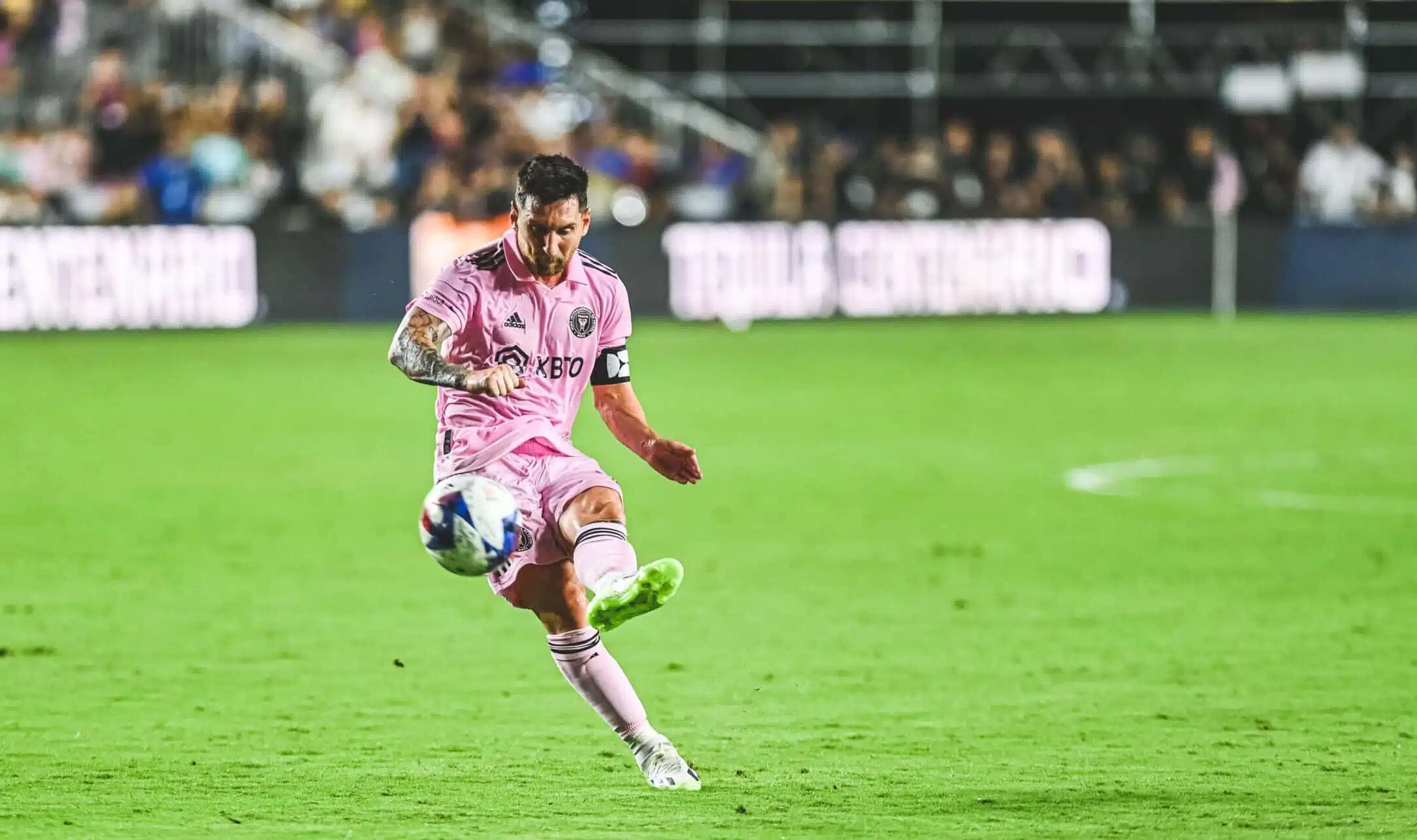
Innovations in Set Piece
Dead-ball situations were previously simple crosses. Now it is all complex. choreographed moves. Teams use specialist coaches and analysts to come up with new set-piece strategies. Often, these include multiple dummy runs, blocks, and perfectly timed moves. Manchester City and Liverpool have demonstrated how set-piece excellence can make the difference in tight title races.
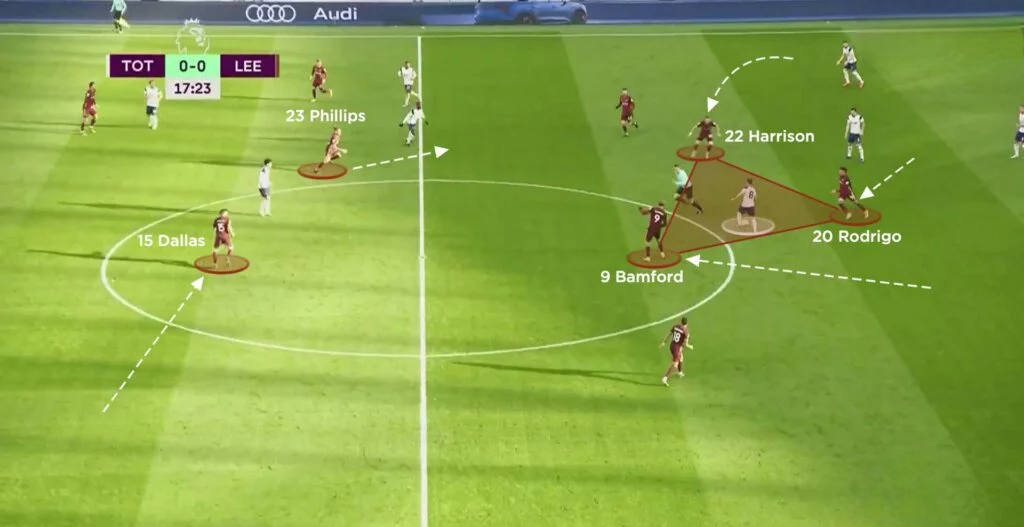
The Counter-Press and Transition Game
Modern football is played much in transition moments as in a settled phase. Presently, teams focus extensively on the seconds after losing or winning possession. Counter-pressing is a tactical stone, and teams look to seize the ball within seconds of losing it. This has made football more dynamic and entertaining than ever.
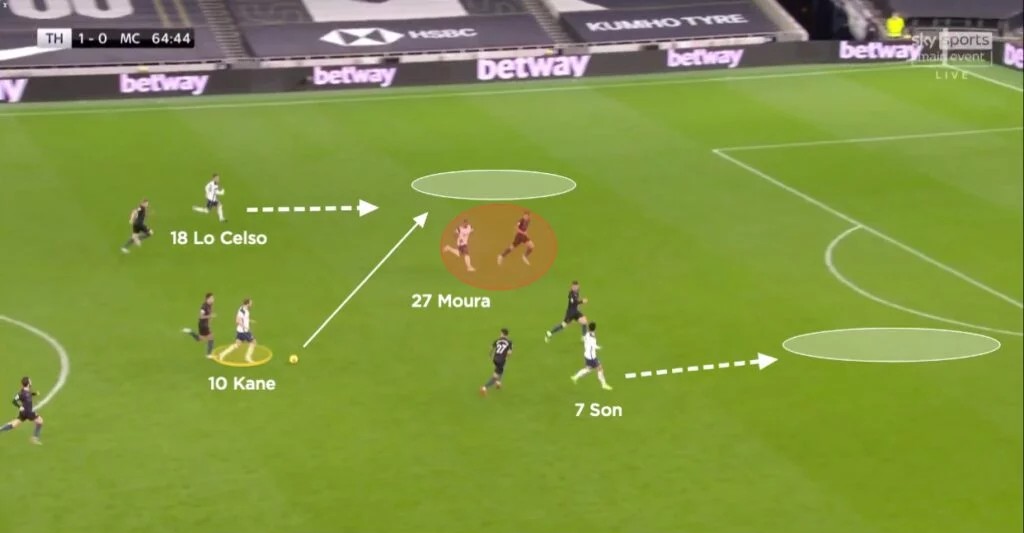
Defensive Organization in Attack
Even attacking play has a defensive element in modern-day football. Teams maintain specific structures while attacking to prevent a counter-attack. This led to the concept of "rest defense," where certain players position themselves strategically during attacks for defensive stability.
_1729966628.png)
Technology and Tactics
Video analysis and data analytics have modified the way teams prepare tactically. The manager is now able to study opponents' patterns in minute detail. Thus, game plans get more sophisticated. This technology revolution has made football even more cerebral, where at times tactical adjustments determine the fate of a match.
Image Source: Multiple agencies
© Copyright 2024. All Rights Reserved Powered by Vygr Media.

